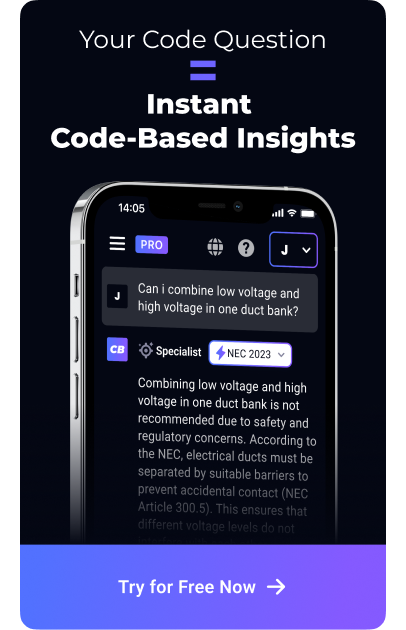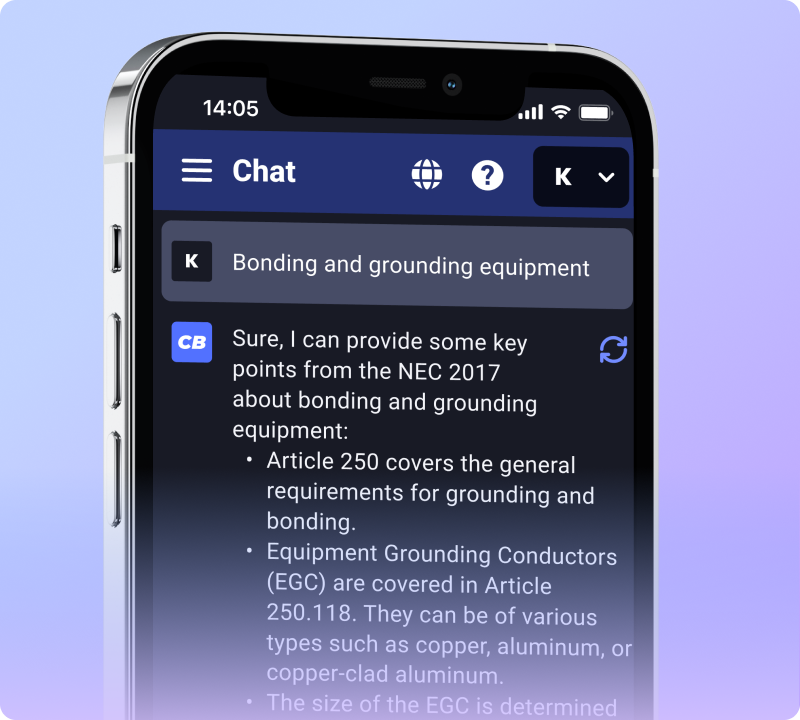When working on electrical installations in areas exposed to water, such as kitchens, bathrooms, or outdoor settings, understanding the NEC’s requirements for splash zones is crucial. These regulations are designed to ensure safety and prevent hazards associated with moisture and electrical components. In this guide, we’ll explore what constitutes a splash zone, the specific NEC requirements for these areas, and how to ensure your installations comply.
What is a Splash Zone?
A splash zone refers to areas where electrical equipment is subject to moisture due to splashing or spraying of water. These zones are commonly found in residential, commercial, and industrial settings where water use is integral, such as near sinks, showers, pools, and outdoor fountains.
NEC Requirements for Splash Zones
- GFCI Protection: The NEC mandates that all outlets within splash zones must have Ground Fault Circuit Interrupter (GFCI) protection. This protection is crucial as it automatically cuts off the power if it detects any ground faults, preventing electrical shocks.
- Weatherproof Enclosures: For outdoor and wet locations, electrical equipment must be housed in weatherproof enclosures to protect against moisture ingress and corrosion.
- Minimum Height Requirements: Electrical outlets and switches must be installed at a minimum height above the ground or the expected water level to prevent direct contact with water.
- Corrosion-Resistant Materials: In splash zones, it’s essential to use corrosion-resistant materials for all exposed electrical components to enhance durability and safety.
- Sealed Fittings: All fittings and junction boxes in splash zones must be tightly sealed to prevent water entry, which could lead to electrical failures or hazards.
Ensuring Compliance
To ensure compliance with the NEC for installations in splash zones, always consult the latest edition of the code and consider the following steps:
- Plan Ahead: Before beginning any installation, identify all potential splash zones and plan your layout accordingly.
- Use Appropriate Materials: Invest in quality, NEC-approved materials that are suitable for wet environments.
- Regular Inspections: Schedule regular inspections to ensure all electrical installations in splash zones remain compliant and in good working condition.
Practical Tips for Electrical Safety in Splash Zones
- Avoid Overloading Circuits: Be mindful of the electrical load on circuits in splash zones. Overloading can lead to overheating and electrical fires.
- Label All Equipment: Clearly label all electrical equipment and circuits in splash zones to facilitate maintenance and compliance checks.
- Educate Staff and Occupants: For commercial settings, ensure that all personnel are aware of the hazards associated with splash zones and the safety measures in place.
Conclusion
This guide provides an overview of the necessary precautions and regulatory requirements for handling electrical installations in splash zones, ensuring safety and compliance. Always refer to the latest NEC guidelines or consult a qualified electrician to address specific situations or concerns.


